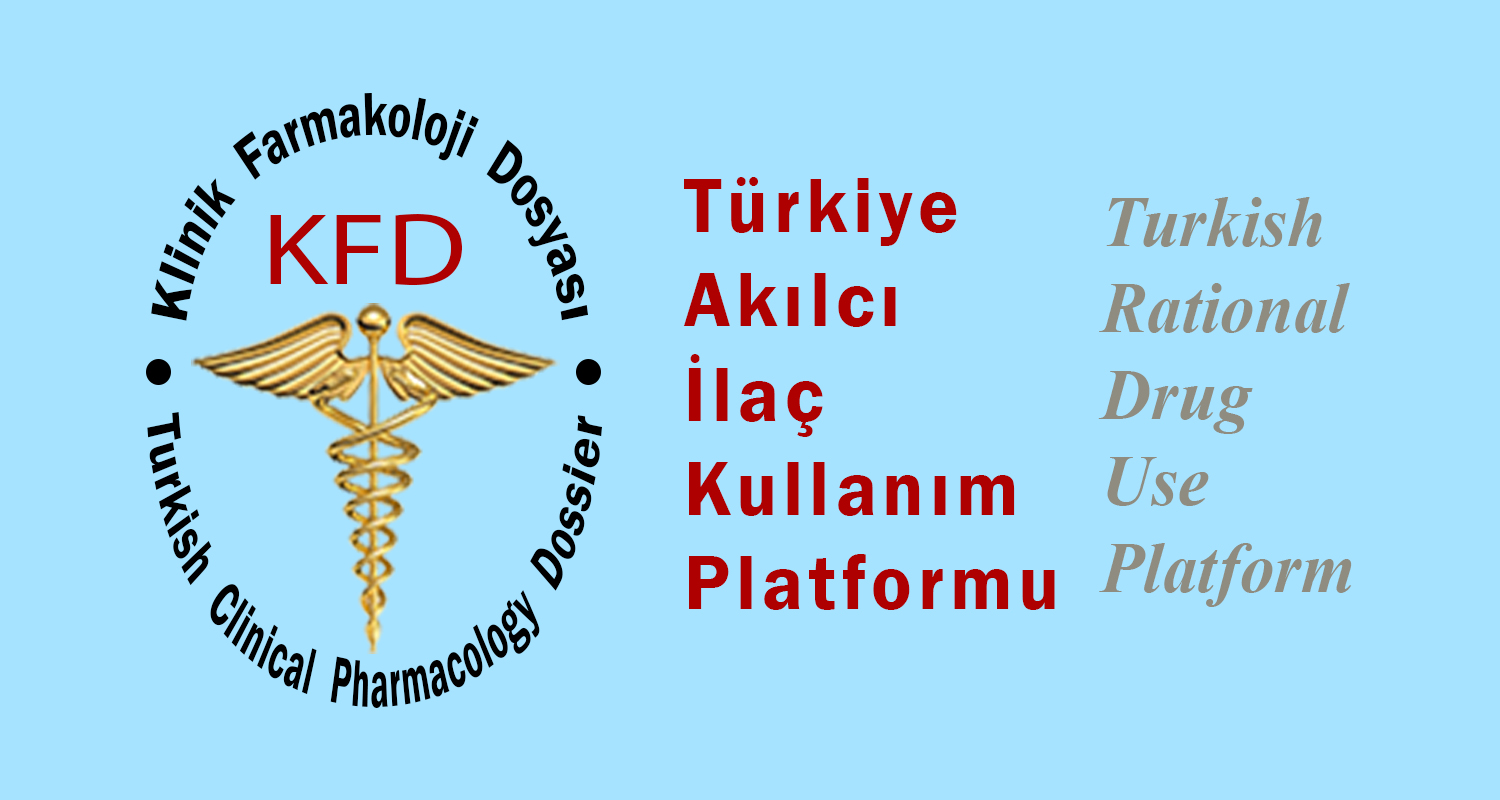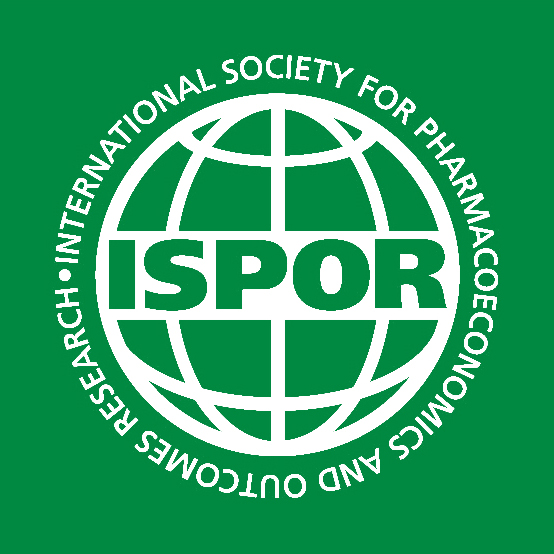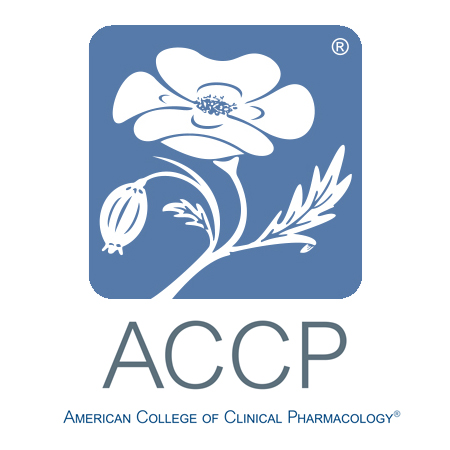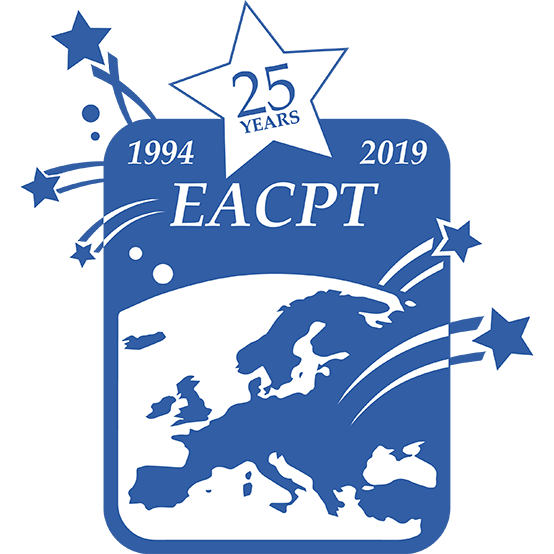
Türkiye’de ilaç otoritesi kimdir ve o otorite görevlerini yerine getiriyor mu?..Hepimiz tabi ki Sağlık Bakanlığı diyeceğiz ama söylenenlere, yazılanlara ve icraatlara bakarsak iş pek öyle göründüğü gibi değil.
Bakın Sanayi ve Ticaret Bakanı’mız ne diyor: “" Günümüzde, çok hızlı bir şekilde, ilaç patlaması olarak da nitelendirilebilecek derecede piyasaya yeni ilaçlar girmektedir. Böyle bir piyasa ortamında tüketicilerin yanlış yönlendirilmelerinin engellenmesi amacıyla, Sanayi ve Ticaret Bakanlığı olarak bünyemizde oluşturulan Reklam Kurulu aracılığıyla, ilaç tanıtımları denetlenmektedir.”
Her ne kadar henüz ne Sağlık Bakanlığı’ndan ve ne de Sanayi ve Ticaret Bakanlığı’ndan tüketicinin korunması ile ilgili bir icraat görmediysek de, bazı ilaç firmalarının Sağlık Bakanlığı’nın onayı ile tüketici haklarını ciddi biçimde ihlal ettiklerini çok gördük ve görmekteyiz.
1 Mart 2007’de Farmamedya haberlerde şöyle bir haber vardı; “Gözünüz Aydın Türkiye’nin Osteoporotik İnsanları; “Fosamax Plus” Geliyor… 01.08.2004 tarihinde 56.12YTL fiyatı olan MSD’nin 70mg. 4 tablet içeren Fosamax adlı ilacı 13.02.2007 tarihinde aldığı fiyat ile 56.38YTL’den satılırken, 20.02.2007 tarihinde olağanüstü bir indirme giderek fiyatını 39.46YTL’ye indirdi. Üstelik MSD firması indirdiği bu fiyattan "%32.1 indirim yaparak, 26.79YTL ‘kamu fiyatı’ belirledi.
RX MediaPharma 2007’nin verilerine göre halen 39.46YTL perakende satış ve 26.79YTL kamu fiyatı olan Fosmax 70mg. 4 tabletin üretici fiyatı ise 27.11YTL. Yani MSD’nin bu ilaçtaki kamu fiyatı depoya satış fiyatının bile altında bulunuyor.
MSD’nin geri ödeme kurumlarına yaptığı jest bununla da kalmıyor. MSD’nin önümüzdeki günlerde piyasaya verilmesi beklenen ve yurtdışında “Fosamax Plus D”adı ile bilinen D3 vitamini de içeren yeni Fosamax 70mg’ının da halen eşdeğeri olmamasına rağmen, 65YTL perakende satış fiyatından “%35” oranında bir iskonto önerisi ile Maliye Bakanlığı’na dilekçe verdiği belirtiliyor. ..”
Nereden başlayalım?.. 1 Hafta önce 56.38 YTL olan bir ilaç nasıl oluyor da 39.46 YTL’ye düşüyor. Sakın bunun tüketicinin lehine olduğunu söylemeyin. O zaman size neden senelerce bu ilacın yüksek fiyata satıldığını sorarız ve geçen yazımızdakilere cevap veremeyip yuttuğunuz gibi buna da cevap veremezsiniz. Madem fiyatlarla başa çıkamıyor ve fiyatı sanayi tespit ediyorsa o zaman ilaç fiyatlarını serbest bırakın, bükemediğiniz eli öpün...
İkinci sorumuz FOSAMAX PLUS D. Türkiye’deki ismi ile FOSAVANCE. 70 mg alendronat sodyum ve 2800 IU D vit..(daha fazla bilgi için: http://www.merck.com/product/usa/pi_circulars/f/fosamax/fosamax_plus_d_pi.pdf). Ve eczane satış fiyatı 63.86 YTL.
Sıkı durun sayın seyirciler! 4 x 2800 IU D VİTAMİNİ 24.4 YTL, BUNA KARŞIN 50.000 IU D VİTAMİNİ DAMLANIN TÜRKİYE’DEKİ FİYATI 2YTL. YANLIŞ OKUMUYORSUNUZ 2 YTL. YANİ 0.45 YTL DEĞERİNDEKİ D VİTAMİNİ 24.4 YTL YE SAĞLIK BAKANLIĞI ONAYI İLE SATILIYOR.
Sakın araştırma maaliyeti vs hikayelerini söylemeyin, çünkü henüz bu konuda hemen hemen hiç bir ciddi AR-GE masrafı yok. (formülasyondan ve 1-2 ufak tefek klinik çalışmalarından başka).
Ayni miktar D vitaminini fındıktan da alabilirsiniz, tabii yerseniz!!!!...Bazıları alemi aptal kendilerini çok akıllı zannediyorlar ama yanılıyorlar. Bu manüplasyonun yerli jenerikleri yok etmek için yapıldığını Patagonya’da bile biliyorlar ve Devlet eliyle kalan 3-5 yerli ilaç firmasını da batırmaya uğraşıyorlar ama yine de geri ödeme kurumundaki dürüst bürokratlar bu oyunu bozuyorlar.
Üçüncü sorumuz işin bilimsel yönü ile ilgili. Acaba bu konuda osteoporoz uzmanlarımız ne düşünüyorlar. Bu, hakikaten etkinlik ve emniyet yönünden uygun bir formülasyon mu?
Uzun süreli (en az 2-3 senelik) kronik toksisite sonuçları mevcut mu? Günde tek doz 2800 IU yan etkileri nelerdir? Biz yukarıda adresini verdiğimiz prospektüsünde bırakın kronik toksisiteyi, etkinliğini bile bulamadık. Acaba bu formülasyon tesettürlü hanımlarda daha mı etkili olacak????!!!..
Konuya ilgi duyanlar: http://whqlibdoc.who.int/trs/WHO_TRS_921.pdf adresinden “Prevetion andmanagement of osteoporosis WHO raporunu okuyup D vit ve dozu hakkında bilgi alabilirler.
WHO dahil hemen tüm guide-line’larda (rehberlerde) osteoporoz proflaksisi için 1000-1500 mg kalsiyum ile beraber 400-800 IU D vit önerilmektedir. Bu nedenle Türkiye’de de bifosfonat kullanan doktorların yüzde doksandan fazlası beraberinde kalsiyum ve kalsiyum+D vit reçete etmektedirler.
Yapılan bazı çalışmalarda olendronata D vitamini ilavesinin ilave terapötik fayda sağladığı gösterilememiştir (mesela Holick F ve ark., J Clin Endocrinol Metab, 90: 3215-3224, 2005).
Ayrıca D vitaminin günde ikiye bölünerek alınmasının daha yararlı olduğu (Reginster JY ve ark., Gynecol Endocrinol 15: 56-62, 2001), günlük dozunda 700-800 IU’den daha az olmaması gerektiği bildirilmektedir (Bischoff-Ferrari HA, Osteoporos Int., 18: 401-407, 2007). İsterseniz “American Journal of Clinical Nutrition, Vol. 85, No. 3, 649-650, March 2007, http://www.ajcn.org/cgi/content/full/85/3/649 ” “The urgent need to recommend an intake of vitamin D that is effective” başlıklı makaleyi okursanız dahada hayrete düşeceksiniz ve günlük 400 IU D vitamininin etkisiz olduğunu göreceksiniz (bakınız ekteki makale). ..Bu konuda bilimsel destek isteyen tüm kurum ve kuruluşlarla (ilaç sanayi dahil) elimizdeki bilgileri paylaşmaktan memnuniyet duyarız.
Bir taraftan iyileştirecek diye milyonlarca lira verip hastaları öldürdüğümüz antibiyotikler, diğer taraftan faydası kendinden menkul osteoporoz ilaçları, diğer taraftan tasarruf edeceğiz diye hastaları perişan eden küçük ambalaj politikası…daha ne diyelim….
Notlar:
1. FDA 2007 ve 2008 tahmini bütçesini ilan etti. Amerikalılar FDA tarafından kontrol edilen ürünlere 1.5 trilyon dolar/sene harcamakta (tüm tüketimin yüzde 20’si) ve FDA de bu işleri yapabilmek için 101. kuruluş senesinde 1,545,349, 000 dolar bütçe ayırmış.
2. Nihayet özellikle az gelişmiş ülkelerin belası olan sahte ilaçlarla da tanıştık. Senelerdir Tahtakale’de satılan sahte ilaçlara zamanında önlem alınsaydı iş bu kadar büyümeyebilirdi. İnternetten satılan ilaçlar için ne gibi tedbir var acaba?
3. American Journal of Clinical Nutrition, Vol. 85, No. 3, 649-650, March 2007, EDITORIAL
The urgent need to recommend an intake of vitamin D that is effective1,2
Reinhold Vieth, Heike Bischoff-Ferrari, Barbara J Boucher, Bess Dawson-Hughes, Cedric F Garland, Robert P Heaney, Michael F Holick, Bruce W Hollis, Christel Lamberg-Allardt, John J McGrath, Anthony W Norman, Robert Scragg, Susan J Whiting, Walter C Willett and Armin Zittermann .
1 From the Departments of Nutritional Sciences and of Laboratory Medicine and Pathobiology, University of Toronto, Toronto, Canada (RV); the Department of Pathology and Laboratory Medicine, Mount Sinai Hospital, Toronto, Canada (RV); the Department of Nutrition, Harvard School of Public Health, Boston, MA (HB-F and WCW); the Department of Rheumatology and the Institute of Physical Medicine, University Hospital Zurich, Zurich, Switzerland (HB-F); the Department of Epidemiology and the Channing Laboratory, Department of Medicine, Brigham and Women's Hospital, Boston, MA (WCW); the Jean Mayer USDA Human Nutrition Research Center on Aging, Tufts University, Boston, MA (BD-H); the School of Population Health, University of Auckland, Auckland, New Zealand (RS); the Vitamin D Laboratory, Section of Endocrinology, Nutrition and Diabetes, Department of Medicine, Boston University School of Medicine, Boston, MA (MFH); the Departments of Pediatrics, Biochemistry, and Molecular Biology, Medical University of South Carolina, Charleston, SC (BWH); the Department of Family and Preventive Medicine, University of California and the San Diego Naval Health Research Center, San Diego, CA (CFG); Creighton University, Omaha, NE (RPH); the Division of Biomedical Sciences, Department of Biochemistry, University of California–Riverside, CA (AWN); the College of Pharmacy and Nutrition, University of Saskatchewan, Saskatoon, Canada (SJW); the Department of Cardio-Thoracic Surgery, Heart Center North-Rhine Westfalia, Ruhr University of Bochum, Bad Oeynhausen, Germany (AZ); The Centre for Diabetes and Metabolic Medicine, Queen Mary School of Medicine and Dentistry, University of London, London, United Kingdom (BJB); the Queensland Centre for Schizophrenia Research, The Park Centre for Mental Health, Brisbane, Australia (JJM); the Department of Psychiatry, The University of Queensland, Brisbane, Australia (JJM); and the Department of Applied Chemistry and Microbiology, University of Helsinki, Helsinki, Finland (CL-A)
The report by Hyppönen and Power in this issue of the Journal (1) highlights a frustrating and regrettable situation for nutrition researchers. In the early 1970s, the same serum 25-hydroxyvitamin D [25(OH)D] concentrations reported by Hyppönen and Power were thought to be indicative of "healthy" white adults in the United Kingdom (2). However, during those early years after the discovery of 25(OH)D, the adequacy of its serum concentration was based simply on whether the concentration was enough to prevent osteomalacia or rickets. Three decades later, we know that 25(OH)D concentrations relate to many other aspects of health, including fracture risk, bone density, colon cancer, and even tooth attachment (3); we also know that much higher concentrations of 25(OH)D are needed to prevent adverse outcomes. Indeed, in the 1958 British birth cohort, lower 25(OH)D is associated with a higher percentage of hemoglobin A1C (a measure of long-term glucose concentration), which further emphasizes the need to maintain optimal 25(OH)D concentrations (4).
Randomized trials using the currently recommended intakes of 400 IU vitamin D/d have shown no appreciable reduction in fracture risk (3). In contrast, trials using 700–800 IU vitamin D/d found less fracture incidence, with and without supplemental calcium (3). The reduction in fracture incidence occurs when mean serum 25(OH)D concentrations exceed 72 nmol/L, and this change may result from both improved bone health and reduction in falls due to greater muscle strength (3). Although it is not yet proven through clinical trials, higher intakes may also reduce the incidence of colon and other cancers, and these relations indicate that the desirable 25(OH)D concentration is 75 nmol/L (3). One recent report associates greater 25(OH)D concentrations with lower risk of nursing home admission; the most desirable category of concentration starts at 75 nmol/L (5).
Human diets do not provide sufficient vitamin D; if they did, the abovementioned associations between health and serum 25(OH)D concentrations would not be so routinely observed. The vitamin D provided by foods and supplements is overwhelmed by the effect of skin exposure to ultraviolet B light. Geography, season, skin color, and sun-related behavior are the main predictors of vitamin D nutritional status (6-10). Correction of low 25(OH)D concentrations can happen only if some or all of the following are implemented: the encouragement of safe, moderate exposure of skin to ultraviolet light; appropriate increases in food fortification with vitamin D; and the provision of higher doses of vitamin D in supplements for adults.
Evaluation of most relations of health and disease that involve vitamin D leads to the conclusion that a desirable 25(OH)D concentration is 75 nmol/L (30 ng/mL) (3-5). If a concentration of 75 nmol/L is the goal to be achieved by consumption of vitamin D, then why is it so rare for members of the population to accomplish this? One reason is that almost every time the public media report that vitamin D nutrition status is too low, or that higher vitamin D intakes may improve measures of health, the advice that accompanies the report is outdated and thus misleading. Media reports to the public are typically accompanied by a paragraph that approximates the following: "Current recommendations from the Institute of Medicine call for 200 IU/d from birth through age 50 y, 400 IU for those aged 51–70 y, and 600 IU for those aged >70 y. Some experts say that optimal amounts are closer to 1000 IU daily. Until more is known, it is wise not to overdo it." The only conclusion that the public can draw from this is to do nothing different from what they have done in the past.
Supplemental intake of 400 IU vitamin D/d has only a modest effect on blood concentrations of 25(OH)D, raising them by 7–12 nmol/L, depending on the starting point. To raise 25(OH)D from 50 to 80 nmol/L requires an additional intake of 1700 IU vitamin D/d (11). Safety is the first priority when giving advice to increase supplementation or fortification with any nutrient. A recent review in this Journal applied the risk assessment method used by the Food and Nutrition Board to update the safe tolerable upper intake level (UL) for vitamin D (12). The method focuses on the risk of hypercalcemia. The conclusion was that the UL for vitamin D consumption by adults should be 10 000 IU/d (12). This indicates that the margin of safety for vitamin D consumption for adults is >10 times any current recommended intakes.
The balance of the evidence leads to the conclusion that the public health is best served by a recommendation of higher daily intakes of vitamin D (3). Relatively simple and low-cost changes, such as increased food fortification or increasing the amount of vitamin D in vitamin supplement products, may very well bring about rapid and important reductions in the morbidity associated with low vitamin D status. The current UL is but one impediment to this action; another is the perpetuation of outdated intake recommendations.
It is important for major journals such as the AJCN to publish evidence of a widespread nutrient deficiency. Regrettably, we are now stuck in a revolving cycle of publications that are documenting the same vitamin D inadequacy (1-3, 5, 7-9, 13-17). This phenomenon has been referred to as "circular epidemiology" (18), and, for vitamin D, the phenomenon will continue for as long as the levels of vitamin D fortification and supplementation and the practical advice offered to the public remain essentially the same as they were in the era before we knew that 25(OH)D even existed. As scientists, the purpose of our work is to improve the health of the public. We know the realities of serum 25(OH)D concentrations in populations around the world, and we have come to the conclusion that public health will benefit from improved vitamin D nutritional status. We know the intakes of vitamin D needed to bring about desirable 25(OH)D concentrations, so why is the science not making a difference to public health? A major reason is that there is little public pressure on policy makers to support efforts to update recommendations about nutrition. Public pressure is generally rooted in the media, but we do not think that the public media present the vitamin D story in a complete and accurate manner. Reports about vitamin D inadequacies are presented straightforwardly, but, when it comes to discussing the intake of vitamin D needed to correct the situation, outdated official recommendations for vitamin D are propagated by the public media. This probably occurs because of restrictive editorial policies driven by concern about possible litigation if media were to advise a "toxic" intake greater than the UL. The unfortunate result is that there is minimal motivation for policy makers to implement the relatively simple steps that could correct this nutrient deficiency.
Because of the convincing evidence for benefit and the strong evidence of safety, we urge those who have the ability to support public health—the media, vitamin manufacturers, and policy makers—to undertake new initiatives that will have a realistic chance of making a difference in terms of vitamin D nutrition. We call for international agencies such as the Food and Nutrition Board and the European Commission's Health and Consumer Protection Directorate-General to reassess as a matter of high priority their dietary recommendations for vitamin D, because the formal nationwide advice from health agencies needs to be changed.
ACKNOWLEDGMENTS
None of the authors had a personal or financial conflict of interest with respect to the topic under discussion or the report by Hyppönen and Power.
E – posta : tulunay@dialup.ankara.edu.tr







